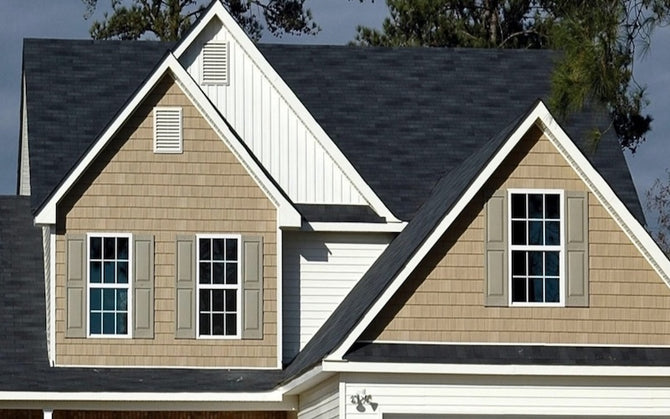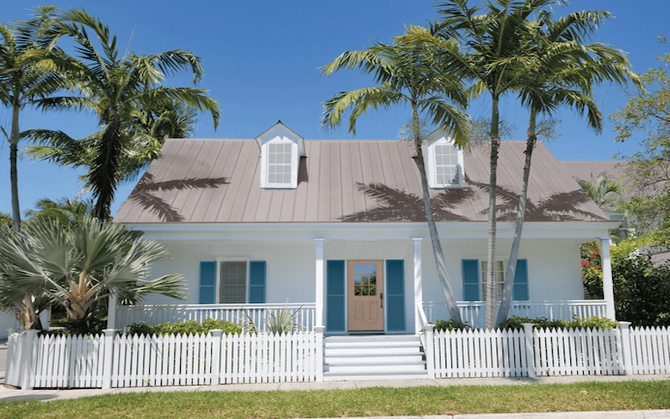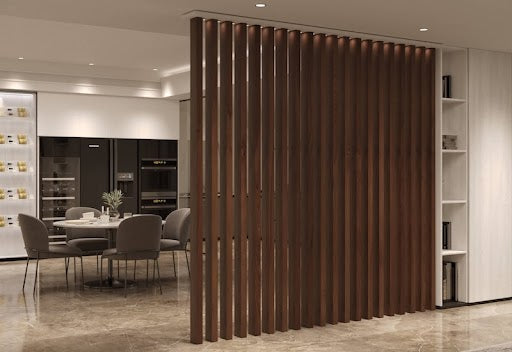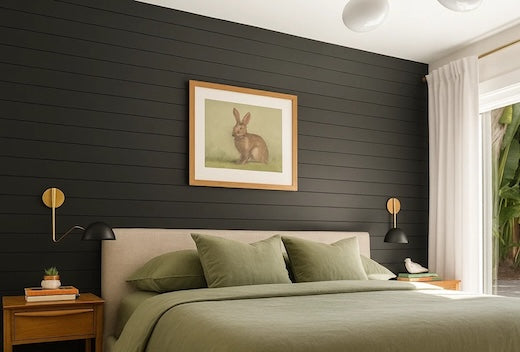An In-Depth look at how we keep our PVC Rafters from Sagging.
Cellular PVC is an excellent choice for making Pergola Rafters, offers many advantages. It does not rot, warp, split, or fade like wood. It does not absorb moisture, can make direct contact with the ground and is impervious to insects. Should you choose to paint it, it readily accepts paint and the paint lasts longer than it does on wood.
The disadvantage with cellular PVC is that it is not ridged, load-bearing or structural like a wooden rafter. At Elite Trimworks, by adding a structural element to the rafter, We feel that we have overcome this obstacle.
Since 2015, we have been making rafters by folding PVC sheets into the size of dimensional lumber, in some cases much larger. These reinforced rafters have been made with different materials depending on the span and the weight to be placed upon them. We currently use LVL Lumber, Extruded aluminum tubes, heavy-duty metal framing studs and fibreglass rebar, depending on the rafter size, span, and load-bearing capacity required.

The image below shows how the fibreglass rebar is glued in place between panels of cellular PVC. The adhesive we use is similar to that used for plastic drain pipes that molecularly bonds the rebar to the PVC.

Note that all four sides are folded together giving a smooth finish with no open pores on all four sides.



Another advantage of these reinforced rafters is that they can be installed with invisible fasteners. See the How-To Section for more details of these options.










